To look at the statistics, the city of Detroit, Michigan, USA has had one hell of a ride over the last fifty years. What statistics, you may ask.
The Statistics
- The population declined by 63% since 1950 and 25% between the years 2000 and 2010.
- In the 1950s, 214,000 Detroiters were employed by automobile companies but less than half that number were employed in Detroit in the 1990s.
- 80,000 structures and 66,000 lots are abandoned.
- The city was in bankruptcy from March 2013 to December 2014 as there was little tax revenue to support the city.
- Detroit’s median household income is only $23,600.
America’s Motor City
The rise and fall of Detroit can be attributed to the automobile industry. At the turn of the 20th century, the auto industry attracted many migrants and transformed the city. Its central location on a river afforded easy access for transportation of incoming raw materials and outgoing goods. Detroit was ideally situated and the city continued to grow.
Blue Collar Housing
The population in Detroit peaked by the mid 1950s to almost two million. The automobile industry enabled workers to access federally backed mortgages. In contrast to other developing US cities, a high proportion of the structures were detached family homes.
White Collar Housing
Wherever there is success, there are the bureaucrats and middle rank white collar workers and Detroit was no different. During that time, Detroit had its fair share of attorneys, designers, managers and engineers. These white collar workers bought and built homes in more exclusive areas away from the factories.
Expressways In The USA
There was no denying the effect the automobile had on the city of Detroit as it hosted two of America’s earliest expressways. Unfortunately, funds for public transportation were neglected in favor of the services required by new car owners. Federally funded highway projects were now a priority over public works projects.
Sub-urbanization
New housing development arose from, what was considered, rural areas on the outskirts of Detroit. During the 1900s, the area of the city of Detroit had expanded from 20 square miles to several thousand square miles.
Parking Lots
The landscape of the metropolitan area changed with the advent of parking lots surrounding shopping centers. Imagine the roads, gas stations, fast food places and car dealerships that grew as a result of the Detroiters dependence on the automobile.
Not Made To Last
Automobiles were not made to last. Each year, the manufacturers would roll out a new model. Unfortunately, they felt the same way about their factories. Once they were obsolete, they would build another one. From 1945, 25 new plant were built in Detroit all outside of the city. The decentralization of the car making industry had a a profound effect on the urban landscape.
Decentralization
By the 1950s, one sixth of workers were somehow involved in the car making business. Militant unionism caused problems for manufacturers and so key operations were relocated to low wage regions outside the city. As a result, it wasn’t long before the factories in Detroit closed up shop.
Depopulation and Abandonment
Hardest hit by the decentralization of the industry were the black population. They couldn’t follow the work the the areas where factories were relocated. The reason was because of poor public transportation and the lack of accommodation in the outlying towns which excluded minorities. It was not only the workers but also the urban neighborhoods which were affected by the abandonment of the auto industry.
Made, Re Made, Unmade
The Motor City came to life setting up a factory next to a river. During the era of the railroad, the industry exploded. Raw materials could be brought in and cars railed out. With the federally funded expressways, it was possible to decentralize and move industry away from the river and the railroad. As mentioned earlier, in the 1950s, 214,000 Detroiters were employed by automobile companies but less than half that number were employed in Detroit in the 1990s. This is a significant figure as this left a lot of houses and buildings in Detroit foreclosed upon and/or abandoned.
Detroit Blight Task Force
Estimates suggest that, in Detroit, one parcel in five is an abandoned structure. The aim of the task force is to turn a vacant structure into an occupied one. The well kept properties, on the other hand, will go to auction. Demolition work has commenced at removing this blight of abandonment. The estimated total bill for the task is $US850 million. The money available will initially go to the areas where it will have the greatest impact. The logic behind all of this is that once all the blighted structures have been removed, people will return to the neighborhood. This is a step in the right direction.
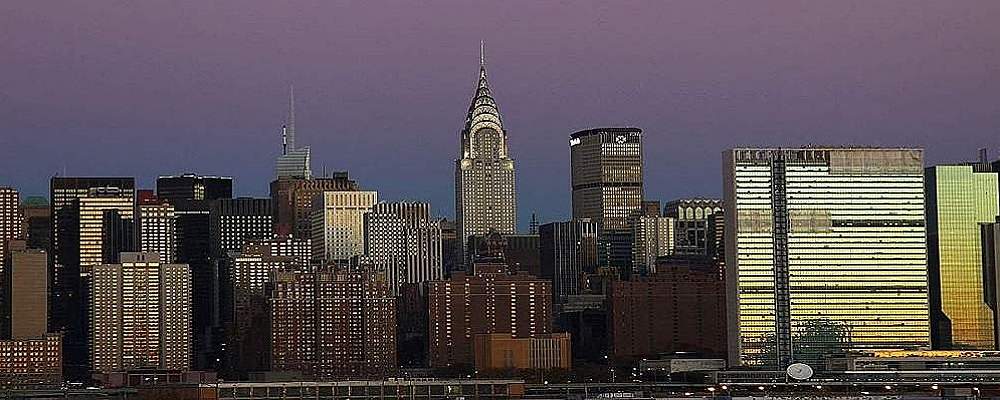
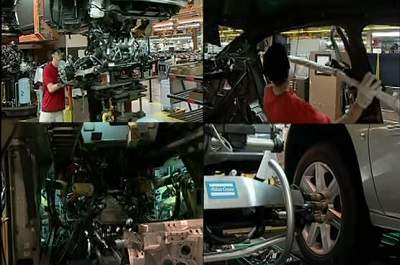
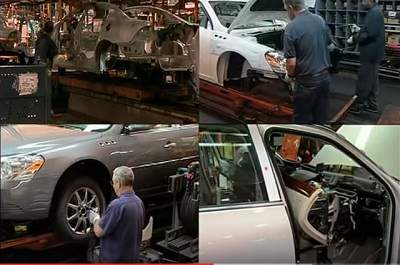
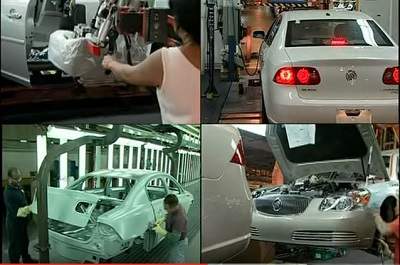
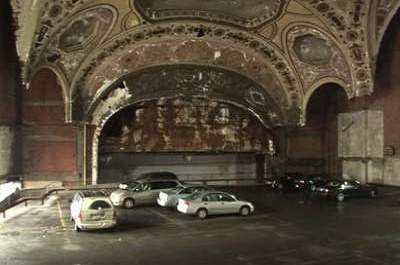
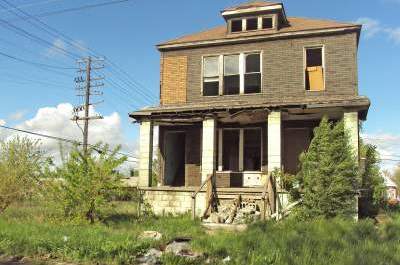
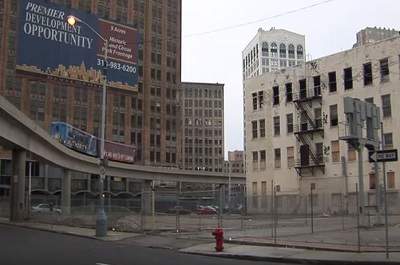
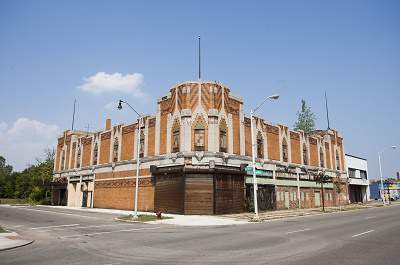
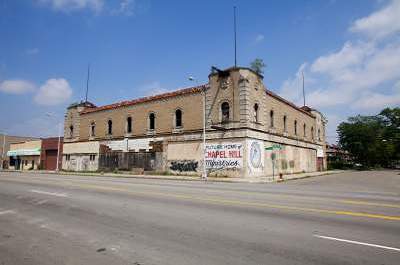
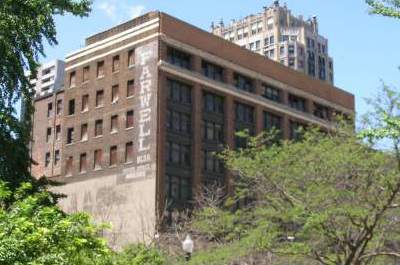
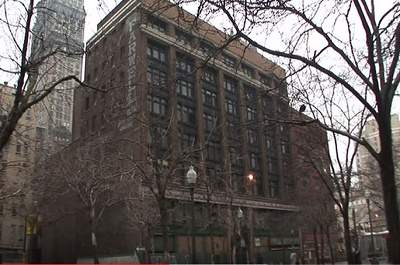
The architecture of the buildings you’ve shown is a lot like London as you can imagine.
Within London and the UK saw a lot of developers seeing the opportunity to buy dis-used warehouses, hospitals old barracks etc creating some awesome spaces.
I know car manufacturing has massively reduced, but how cool would it to create a silicon valley?
What was once a gorgeous city i hope will become this again!
From what I have read, they are working on it. There are a lot of challenges ahead for that place. Let’s hope the Detroit Lions go well and maybe lift the morale of the city a little.